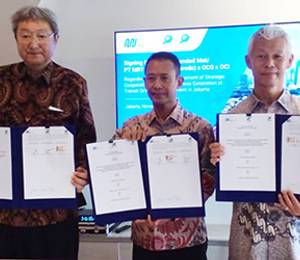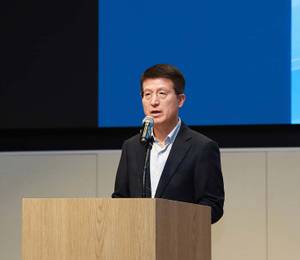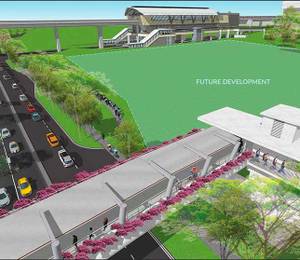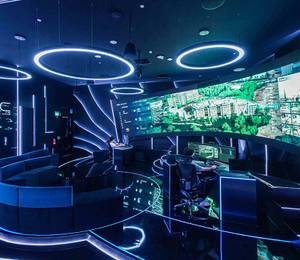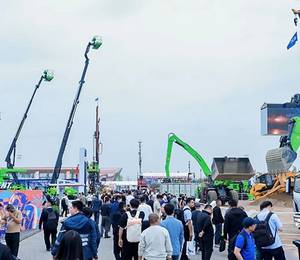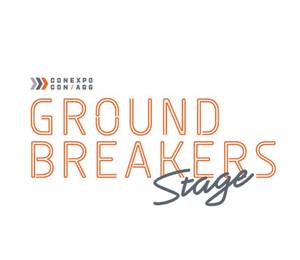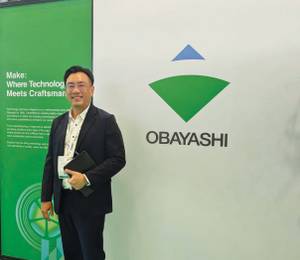Lying by the Taihu Lake, Suzhou Cultural Centre has recently opened to the public. With its stunning ‘giant double ribbons’, this new landmark has become the latest cultural, exhibition and convention destination for the Yangtze River Delta region. Arup supported the architects, Christian de Portzamparc / 2Portzamparc, to deliver the mega project.
With a construction area of over 220,000 sq m, the development houses two iconic buildings, Suzhou Opera House and Wujiang Exhibition Centre. Each of them is divided into sub-buildings that have different functions including opera theatre, exhibition centre, conference centre, IMAX theatre and retail facilities. These two buildings are connected by the double ribbons, which symbolise silk water sleeves of the Kunqu Opera and are intended to reflect the cultural richness of Suzhou, said Arup.
“The double ribbons use space tube truss structures with rotating geometry to create a single continuous facade scheme over the complex. It consists of a top ribbon with a span of 100 m – the largest in China – and a bottom ribbon stretching over 370 m – the longest in the country. The top ribbon also serves as a bridge allowing pedestrian access to the fantastic views of the lake and the city,” explained Arup.
To realise the architect’s artistic expression and to ensure structural resilience, Arup conducted rigorous computational analyses and designed an innovative structural system with spaced V-columns supporting the ribbons – this is also believed to be a first in China.
For the best interior experience, Arup extensively used inclined reinforced concrete columns and beams to set up a hidden structure that supports the museum, skylights and connection bridges. “In the opera theatre, we ingeniously used structural features to meet the artistic, technical and comfort requirements of the world-class performance facility while maximising usable space,” said Arup.
The facade of the opera house features hanging bamboo columns to create a dynamic visual effect. Arup’s innovative ‘sleeved column connection’ design not only realises the architect’s intent, but also reduces wind-induced deformation of the curtain wall system.
“We are honoured to deliver this complex project with our technical innovation and seamless integration of structural and facade expertise. It will become a cultural attraction in its own right,” said Penny Cheung, Shanghai office leader at Arup.
Images: Suzhou Wujiang City Investment and Development Co Ltd / China Construction Third Engineering Bureau Co Ltd
